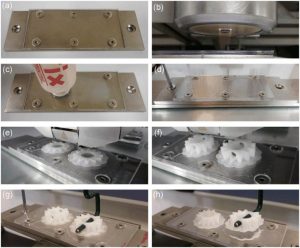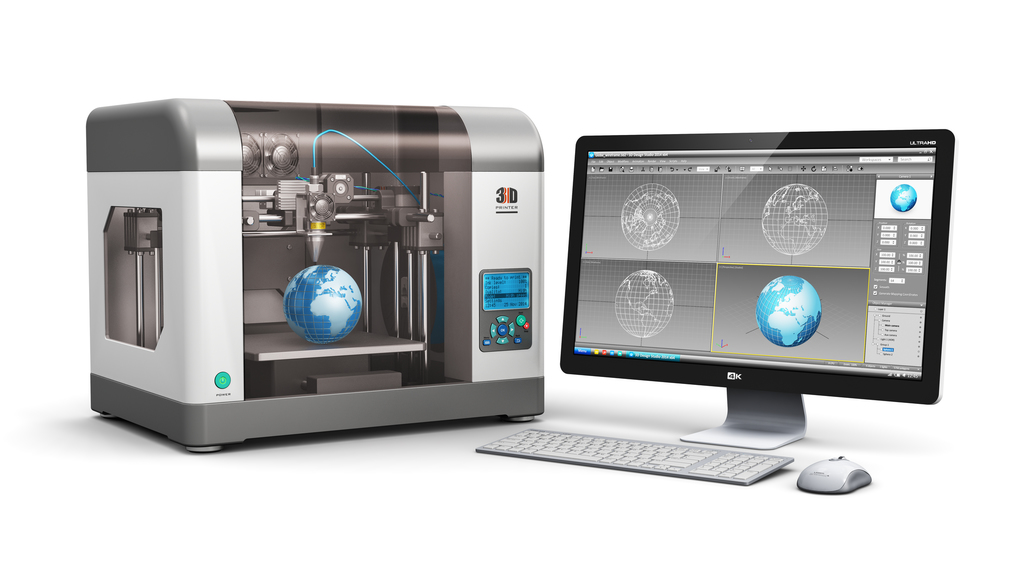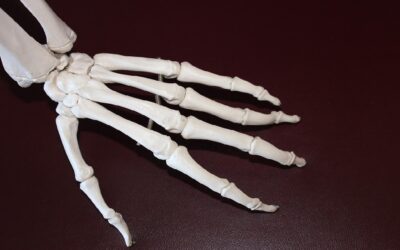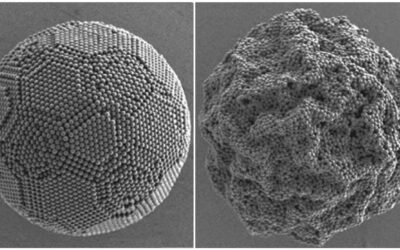The high‐speed development of additive manufacturing (AM), or 3D printing, today is creating a completely new path in the fabrication of components. Polyoxymethylene (POM) is considered to be an engineering material that is competitive with a number of plastics (such as nylon) and metals, because of its light weight and wide end‐use temperature range, amongst other properties.
-

Sequence of the complete process: (a) PC sheet assembling, (b) plasma treatment, (c) DIMAFIX application, (d) PC sheet assembling on printer base, (e) Dollies printing (two for each sheet), (f) Dollies printed, (g) Pull‐off test, and (h) Dolly tested. PC: polycarbonate
- Among the AM processes, fused deposition modeling (FDM) offers an appropriate technology for the manufacture of POM parts. In addition, FDM is a clean and easy‐to‐use technology. Nonetheless, despite the aforementioned advantages, world‐renowned 3D printing companies and suppliers do not use or offer POM as a printing material.
Two main issues to take care of are generally mentioned by these suppliers. First, the self‐lubricating nature of POM makes the adhesion of the first‐printed layer on the printing base quite difficult to achieve. Second, the printed part could experience severe dimensional changes due to thermal contraction during uneven cooling (an effect commonly known as warping).
A group of Spanish researchers propose the use of the cold atmospheric plasma treatment to improve adhesion of the part’s first layer and, consequently, the quality of the POM printed part. The researchers analyzed the effect of several parameters of the plasma treatment, such as the number of passes and the plasma power, on POM adhesion to a polycarnonate (PC) substrate used as the printing base. Nearly all their plasma configurations improved the adhesion of the POM material and had a breaking strength that was higher than that of a non‐plasma‐treated PC sample. Read more about this study in the July issue of Plasma Processes and Polymers.














